In the figure below the goal is to compute the homography matrix H which transforms the points a1 a2 a3 a4 to their counterparts b1 b2 b3 b4. That is:
[b1 b2 b3 b4] = H * [a1 a2 a3 a4]
What way would you suggest to be the best way to calculate H(3x3). a1...b4 are points in 2D which are represented in homogeneous coordinate systems ( that is [a1_x a1_y 1]', ...). EDIT: For these types of problems we use SVD, So i would like to see how this can be simply done in Matlab.
EDIT:
Here is how I initially tried to solve it using svd (H=Q/P) in Maltlab. Cosider the following code for the given example
px=[0 1 1 0]; % a square
py=[1 1 0 0];
qx=[18 18 80 80]; % a random quadrangle
qy=[-20 20 60 -60];
if (DEBUG)
fill(px,py,'r');
fill(qx,qy,'r');
end
Q=[qx;qy;ones(size(qx))];
P=[px;py;ones(size(px))];
H=Q/P;
H*P-Q
answer:
-0.0000 0 0 0 0
-20.0000 20.0000 -20.0000 20.0000 0.0000
-0.0000 0 0 0 -0.0000
I am expecting the answer to be a null matrix but it is not!... and that's why I asked this question in StackOverflow. Now, we all know it is a projective transformation not obviously Euclidean. However, it is good to know if in general care calculating such matrix using only 4 points is possible.

